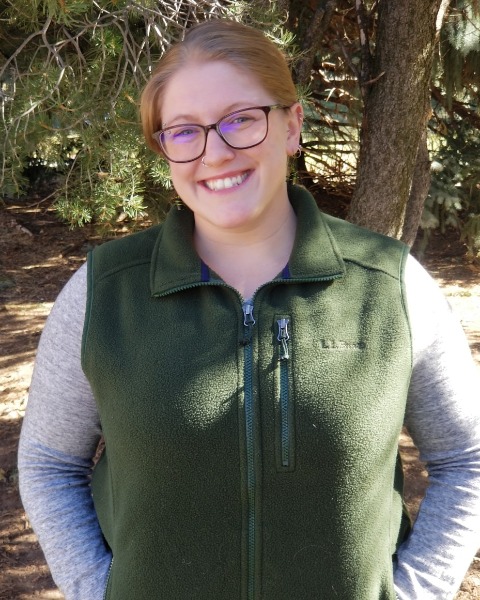Plant-Insect Ecosystems
Student Competition 10-Minute Paper
Landscape variation effects on bee growth and development

Jessie Dodge
PhD Student
Colorado State University
Fort Collins, Colorado
Thomas Seth Davis
Assistant Professor
Colorado State University
Fort Collins, Colorado- SG
Sara Galbraith
University of Idaho
Corvallis, Colorado
Presenting Author(s)
Co-Author(s)
Wildfires have been a natural disturbance that has shaped many evolutionary adaptations and ecosystem communities globally. However, due to fire suppression efforts, many forested ecosystems in the western USA have become dense, leading to increased stand-replacing (high severity) wildfire probability and decreased biodiversity. Land managers often use forest management treatments to reduce wildfire risk and promote biodiversity. Although the effects of wildfire and restoration treatments on vegetation has been investigated, their impacts on pollinator health are largely unknown. Here, blue orchard bees (Osmia lignaria) were used as a model bee pollinator to measure the effects of wildfire and mechanical thinning on 1) bee development and growth; 2) the floral community; and 3) the interactions between bees and flowers. Sites were distributed in ponderosa pine (Pinus ponderosa) and dry mixed conifer forests across Boulder County, CO, with a total of five treated, five burned, and five control sites. At each site, two nesting boxes were mounted with fifteen male and ten female O. lignaria cocoons in May of 2020. Nesting boxes were collected in August, where larvae were counted and weighed. Two pollen samples were collected from each nest box, homogenized, and sent to Jonah Ventures for DNA sequencing. Flower abundance and densities were measured using two 1m2 quadrats near each nesting block. Results from this project will help determine the effects of disturbances on bee health in terms of reproduction and development.


